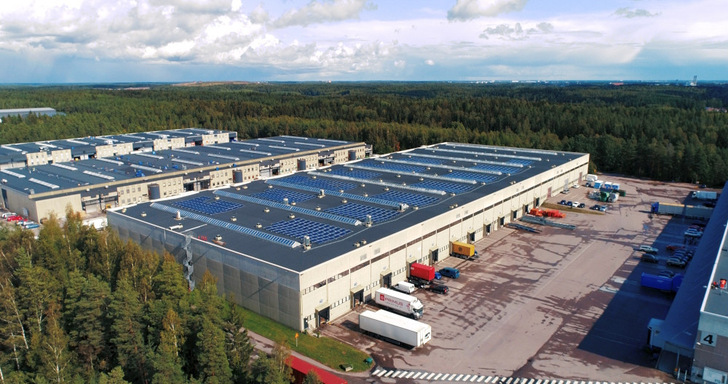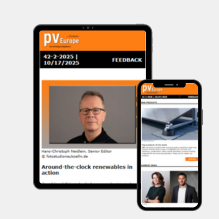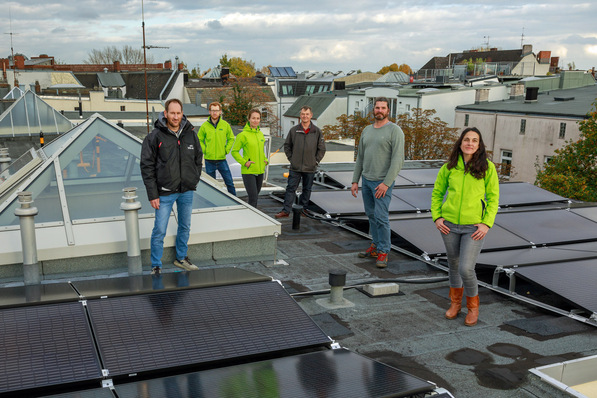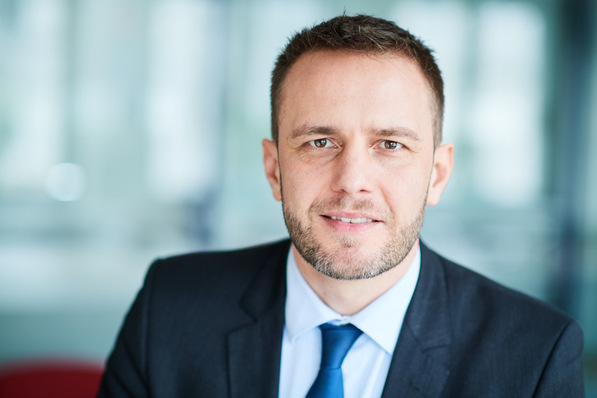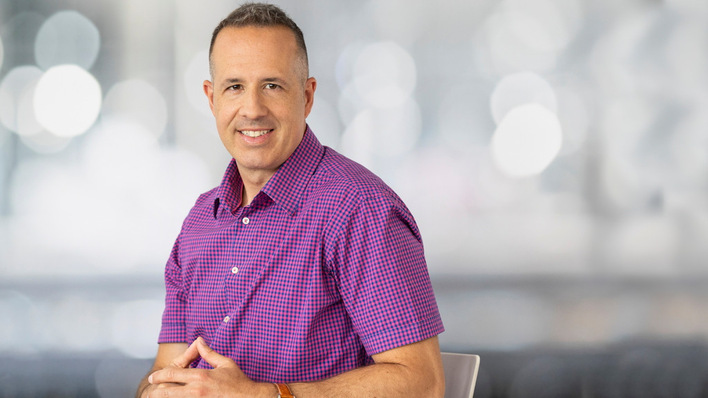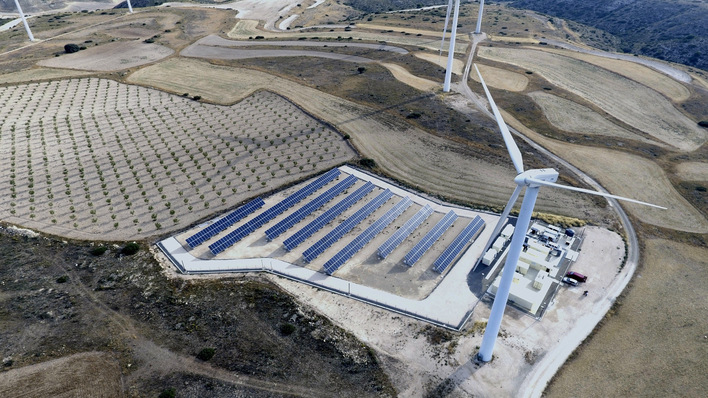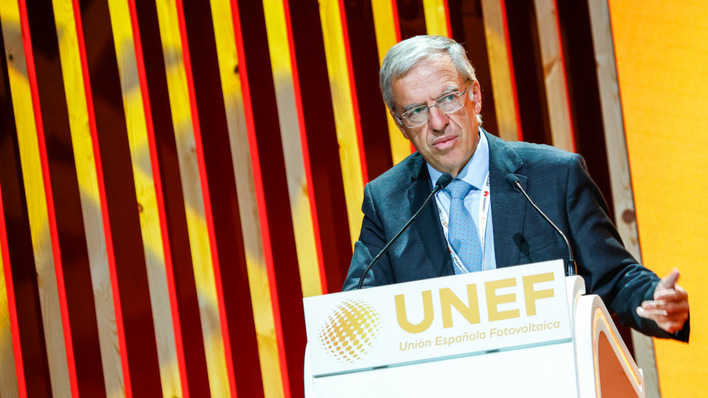According to an audit by Clean Energy Associates, 97% of C& I rooftop solar installations have major safety concerns. Solar panels that are improperly installed or maintained contribute not only to physical safety hazards such as fires but also to power outages and financial losses. A thorough understanding of these risks is necessary as more companies install rooftop solar to mitigate high energy costs and comply with new regulations. Against this backdrop, Solnet Group has compiled a review of risk-reducing technologies and best practices, focusing on how safety can impact the bottom line.
Safety in solar is highly relevant
The revised EU Energy Performance of Buildings Directive will require rooftop solar on all new commercial buildings by 2026, and in renovated commercial buildings by 2027. Beyond this, up to 28% of European companies plan to voluntarily install a solar system within the next 3 years. With rapid growth in the number of solar installations, the risks grow as well. For businesses entering this market, a balance must also be found between upfront installation costs and the long-term operational costs of the array. By considering safety measures from the outset, companies can reduce both risks and costs by minimizing performance issues, keeping insurance premiums low, and mitigating disruptions.
Did you miss that? Svensk Solenergi: 1,000 certified PV installers
Key findings
1. Safety is a prerequisite for investor confidence: A proactive approach to reducing risk enhances the lifespan of the array and ensures consistent energy generation. In turn, the project generates more value over its lifetime, creating assurance that rooftop solar systems are a viable investment.
2. High-quality installers and components reduce risks later: Comprehensive analyses of solar panel fires from both Germany and the UK indicate that installer error is one of the leading causes of fire incidents, illustrating the importance of a careful installation process. The right components can also mitigate fire risks and other hazards from electrical arcs. Power optimizers, which enable the panel field to be made voltage-free to facilitate firefighting and rescue operations, are increasingly required by insurers as a safety measure in solar installations.
3. Smart monitoring and maintenance tools contribute to a higher safety standard: Real-time monitoring and data analysis tools, coupled with automatic rapid shutdown, allow threats to be addressed right away. As a result, damage is minimized or even avoided, and the operator has a clearer overview of how the system is functioning. The international Zurich Insurance company has recently recommended smart solar systems in part due to the features of their panel-level power optimizers, which can be operated through remote control.
Also interesting: Svensk Solenergi publishes guideline for safe PV installations
"The rationale behind Solnet’s focus on smart solar technology is not just efficiency; it's about ensuring our solar systems' quality, safety, and longevity. By incorporating features like continuous monitoring and protection mechanisms, we are elevating the safety standards of rooftop solar installations. Our report sheds light on the role of safety improvements in protecting investments and furthering the energy transition," says Arttur Kulvik, SVP Business Development at Solnet Group.(hcn)


